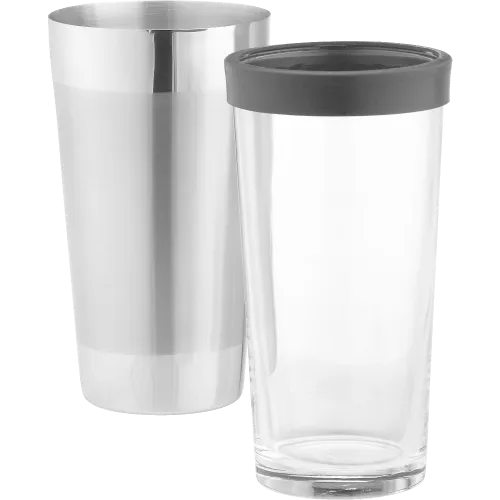
Versatile Oval Dutch Oven for Perfectly Cooked Meals Every Time
The Versatility of the Oval-Shaped Dutch Oven
The oval-shaped Dutch oven is a culinary treasure that has been cherished for centuries, providing both beauty and functionality in the kitchen. With its timeless design and robust functionality, the oval-shaped Dutch oven has become a staple for both amateur cooks and professional chefs. In this article, we will explore the history, advantages, versatility, and maintenance of this iconic kitchen tool.
A Brief History
The origins of the Dutch oven can be traced back to the 18th century in the Netherlands, where it was designed for efficiency and ease of use over an open flame. The unique shape of the Dutch oven has evolved over time, and today, the oval shape remains popular due to its practical benefits. The design allows for even heat distribution and maximizes cooking space, making it ideal for larger cuts of meat, casseroles, and even baking bread.
Advantages of the Oval Shape
One of the main advantages of the oval-shaped Dutch oven is its capacity to accommodate larger ingredients. The oval shape is particularly beneficial when cooking whole roasts, poultry, or even a large batch of stew. This design maximizes cooking surface area, ensuring that all ingredients are evenly cooked and infused with flavor.
Additionally, the oval shape allows for efficient use of design in the kitchen. Traditional round Dutch ovens can sometimes struggle to fit in smaller or awkward spaces, such as in the oven or refrigerator. The oval design often fits more easily on the stovetop and into a wider variety of storage spaces, addressing a common issue in many kitchens.
Versatility in Cooking
The versatility of an oval-shaped Dutch oven is truly remarkable. It can be used for a myriad of cooking methods, including braising, baking, roasting, frying, and even simmering soups and stews. This adaptability makes it an invaluable tool in any home cook’s arsenal.
oval shaped dutch oven

Braising is perhaps one of the most popular uses for a Dutch oven. The heavy cast iron construction ensures even heat retention, allowing for slow cooking that tenderizes tough cuts of meat. Additionally, its ability to transition from stovetop to oven makes it perfect for recipes that require both simmering and baking, such as pot roasts and casseroles.
When it comes to baking, many people are surprised to learn that the oval Dutch oven can produce perfectly crusty artisan bread. By simulating the hot, humid environment of a traditional bread oven, the Dutch oven helps to create a beautiful crust while maintaining a soft, airy interior.
Moreover, the Dutch oven is not limited to savory dishes. It can also be used to prepare desserts such as cobblers, crumbles, and even cakes, showcasing its versatility beyond savory cooking.
Caring for Your Dutch Oven
To ensure the longevity of your oval-shaped Dutch oven, proper care and maintenance are essential. If you have an enameled version, it is crucial to avoid using metal utensils that can scratch the surface. Instead, opt for wooden or silicone utensils.
Cleaning is also important. Let your oven cool down before washing it to avoid thermal shock. Most enameled Dutch ovens can be washed in warm soapy water, but for stubborn stains, a paste of baking soda and water often does the trick.
For non-enameled cast iron Dutch ovens, seasoning is key to maintaining its non-stick surface. After cleaning, apply a thin layer of vegetable oil and heat it in the oven to establish and retain its seasoning.
Conclusion
In conclusion, the oval-shaped Dutch oven is not just another kitchen item; it is a versatile tool that enhances the cooking experience, making it easier and more enjoyable to prepare a wide variety of dishes. Its rich history, coupled with its ability to deliver exceptional results, makes it a must-have in both home and professional kitchens. With the proper care, an oval-shaped Dutch oven can last a lifetime, providing delicious meals for generations to come. Whether you’re braising meats, baking bread, or simmering soups, this versatile kitchen companion is poised to elevate your culinary adventures.
-
Season Cast Iron Perfectly with GPT-4 Turbo TipsNewsAug.01,2025
-
High Quality Cast Iron Cookware - Baixiang County Zhongda MachineryNewsAug.01,2025
-
Premium Cast Iron Pan: Durable & Perfect HeatNewsAug.01,2025
-
High Quality Kitchen Durable Black Round Cast Iron Cookware Pancake Crepe Pan-Baixiang County Zhongda Machinery Manufacturing Co., Ltd.NewsAug.01,2025
-
Cast Iron Cookware - Baixiang County Zhongda Machinery | Nonstick, Heat ResistanceNewsAug.01,2025
-
High Quality Kitchen Durable Black Round Cast Iron Cookware - Baixiang County Zhongda Machinery | Non-Stick, Heat Retention, DurableNewsJul.31,2025


